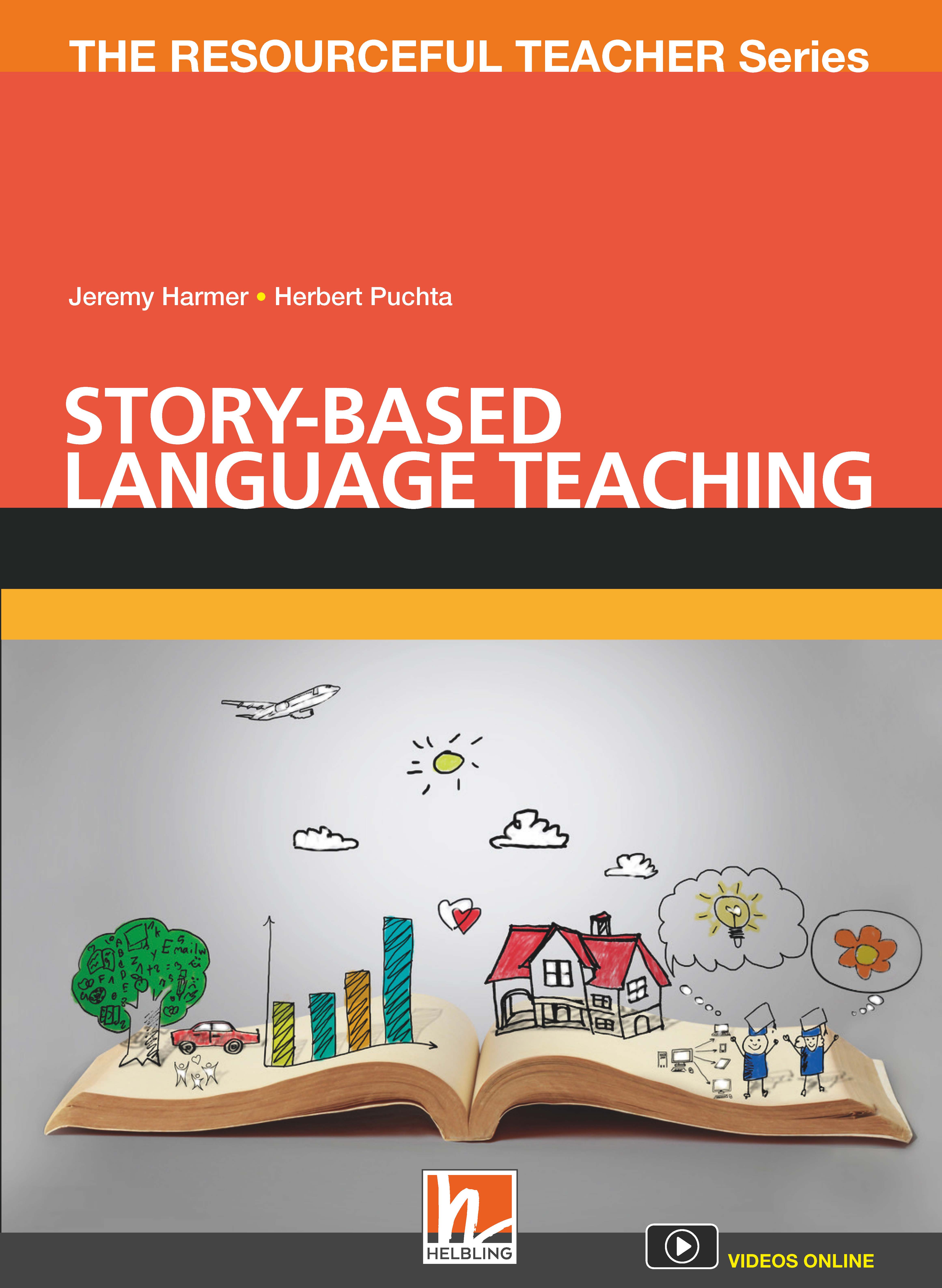Sponsored advertorial by Helbling English: From theory to classroom practice - Story-based language teaching
Stories are such rich and complex resources that it is inadvisable and probably impossible to exclude them from our teaching practices. The primary goal of a story is to engage its reader or listener. Since the act of writing, creating or telling stories always assumes an audience, this engagement is inherent in the story: it guarantees interaction if the story is chosen and delivered well in a particular situation for a particular audience. Stories also entertain and educate people, which makes them outstanding resources for language learning. It has become common knowledge that the inclusion of stories in our teaching practice is beneficial as they contribute to the linguistic, cognitive, social and psychological development of children and adults alike. With the fast-changing use of digital and visual media that surrounds us, stories have also become more prevalent in most aspects of our lives, and particularly in our classrooms.
Teachers are equipped with knowledge of the basic story genres and their frames, and they often turn to them in implicit and explicit ways in the classroom. Stories are oral, textual and visual, and they commonly come in a combination of different modes in the form of multimodal narratives such as films, animations, picture books, graphic novels and comics. When a teacher feels that a good story would help the students understand the use of a grammatical structure or lexical set or item, or when they want to illustrate a cultural difference between their own culture and those in an English-speaking country, they often turn to storytelling. This ancient and powerful technique can be integrated in every language course in an informative, engaging and creative way.

Story-based Language Teaching, a resource book written by Jeremy Harmer and Herbert Puchta for Helbling Languages (2019) gives guidance on working with stories in a meaningful and entertaining way in the classroom. This resource book has twelve chapters which guide the reader through the theoretical foundations of storytelling and providing insights into the history of storytelling. It also leads the reader to an understanding of how stories are an essential part of our cognitive development, providing the latest findings in neuroscience, and how this is linked to education. After these first two chapters, we learn about storytelling and English language teaching (ELT) through an overview of the advantages and the different uses of stories in the ELT classroom. In chapters 4, 5 and 6, the elements of a good story are described, and we learn what features make a story useful for language learners: level, language in context, repetition and length. Practical guidelines on choosing stories are also provided to help the teachers select them for young learners, teens and adults. This theoretical overview of storytelling in and out of the language classroom is followed by two longer ‘How to’ chapters: ‘How to tell stories’ and ‘How to use stories in language teaching’. In these sections we learn about engagement, using our voice, face and body. We also find ideas on memorisation, storyboarding and mind-mapping, all of which are evergreen techniques in a language teacher’s repertoire.
As we dig deeper into these chapters, we focus more on how language development is supported by stories: from the technicalities of performing stories we arrive at working with language at sentence and clause-level. In these sections we zoom in on sequencers, collocations, chunks, pronunciation through engaging activities. The authors recommend starting the book with Chapter 7, encouraging teachers to start with the experience of stories and then build up their knowledge of the theoretical concepts of the earlier chapters. There are also six complete stories with lesson plans and full texts for CEFR levels A2 to B2. These stories are also recorded on video in real classrooms by professional storytellers and can be accessed through a special code on the inside covers of the book. The videos include three extra stories. In Chapter 10 we read about using these videos in the classroom. The last two chapters of the resource book present practical ideas on creating stories with students, ranging from oral through written and digital stories.
The authors have managed to compile a multifaceted overview of story-based language teaching and provide the teachers with a variety of how-to guides and tasks. Harmer and Puchta balance the necessary and informative theoretical knowledge and practical skills in a friendly manner, satisfying the needs of any contemporary teacher. The authors provide us with references to further reading in their introductory chapters, so the teachers are never left without an empowering theoretical background. The tasks make it possible for teachers to implement stories in their lessons and courses as soon, and the video content gives the resource book an extra edge. These professional writers and storytellers use language in an authentic and engaging way. This book will guide any story-loving language teachers, and convince those who are shy or sceptical, to use stories regularly in the classroom work.
Nora Nagy
University instructor in Applied Linguistics/TESOL, Eötvös Loránd University, Budapest, Hungary
The content for this page was paid for and provided by Helbing English
Comments
Write a Comment
Comment Submitted